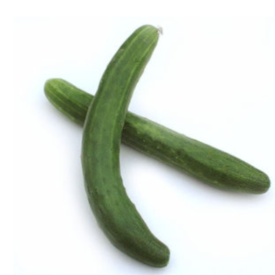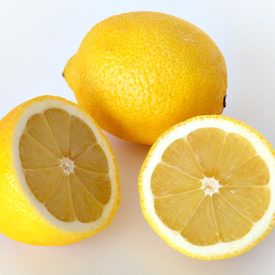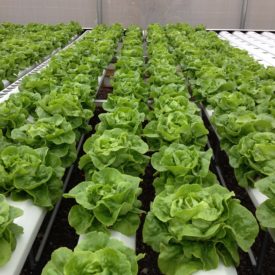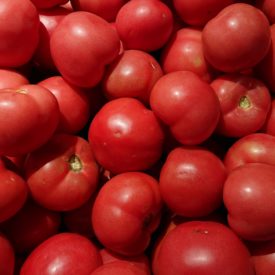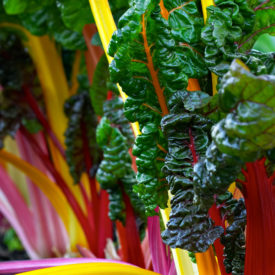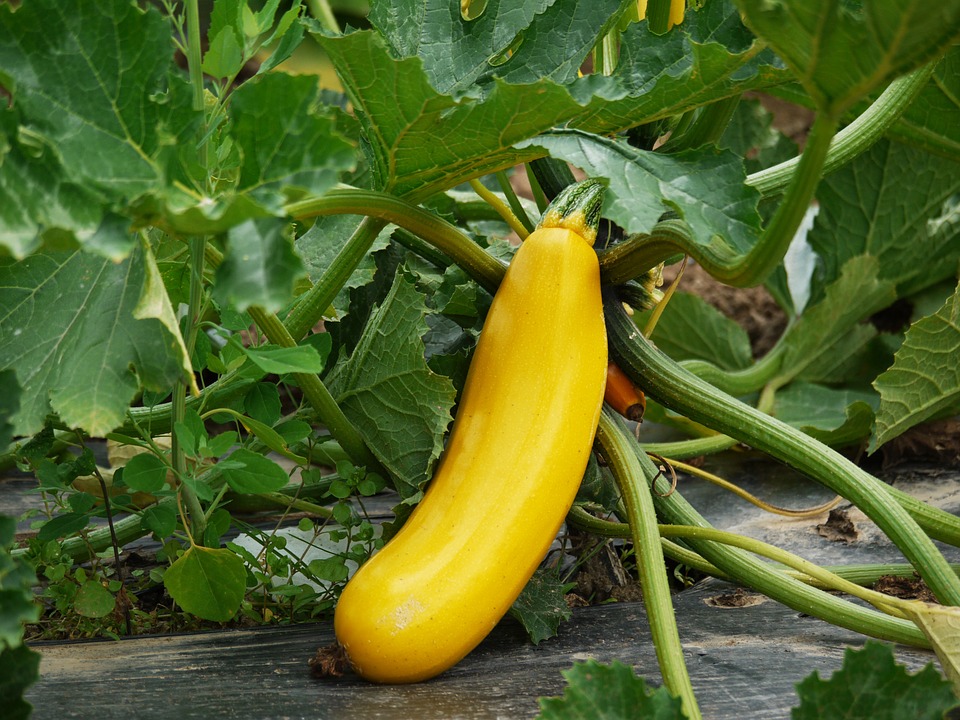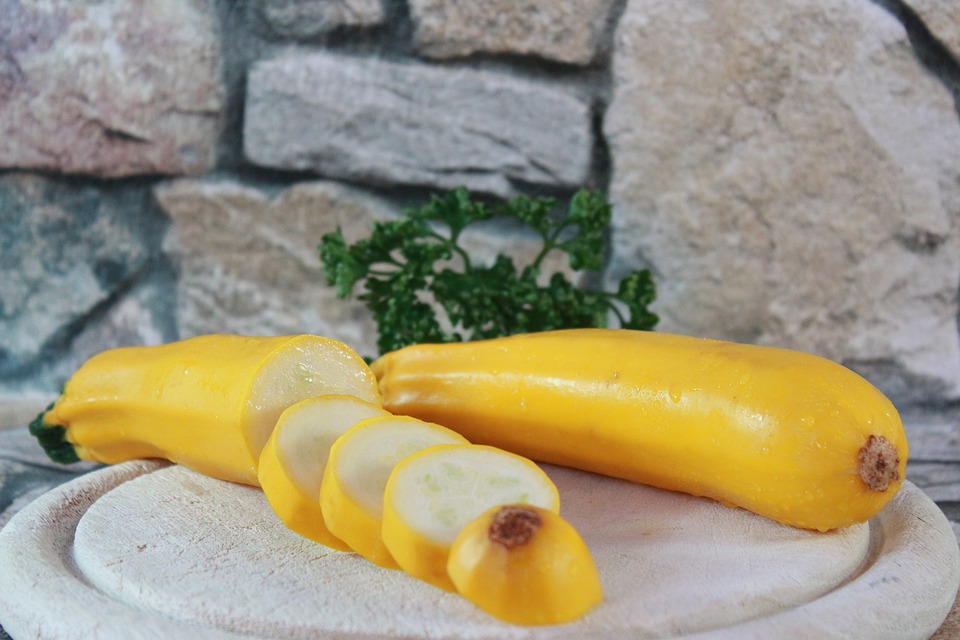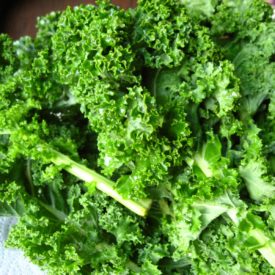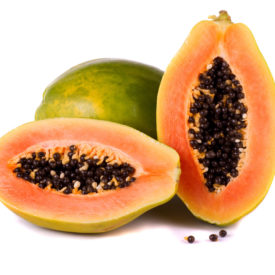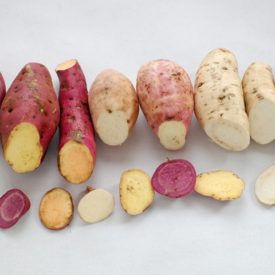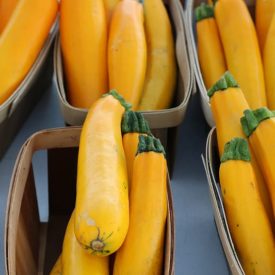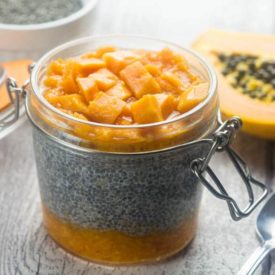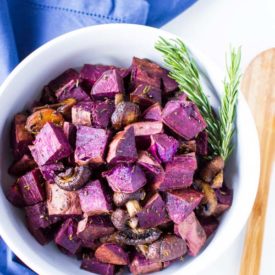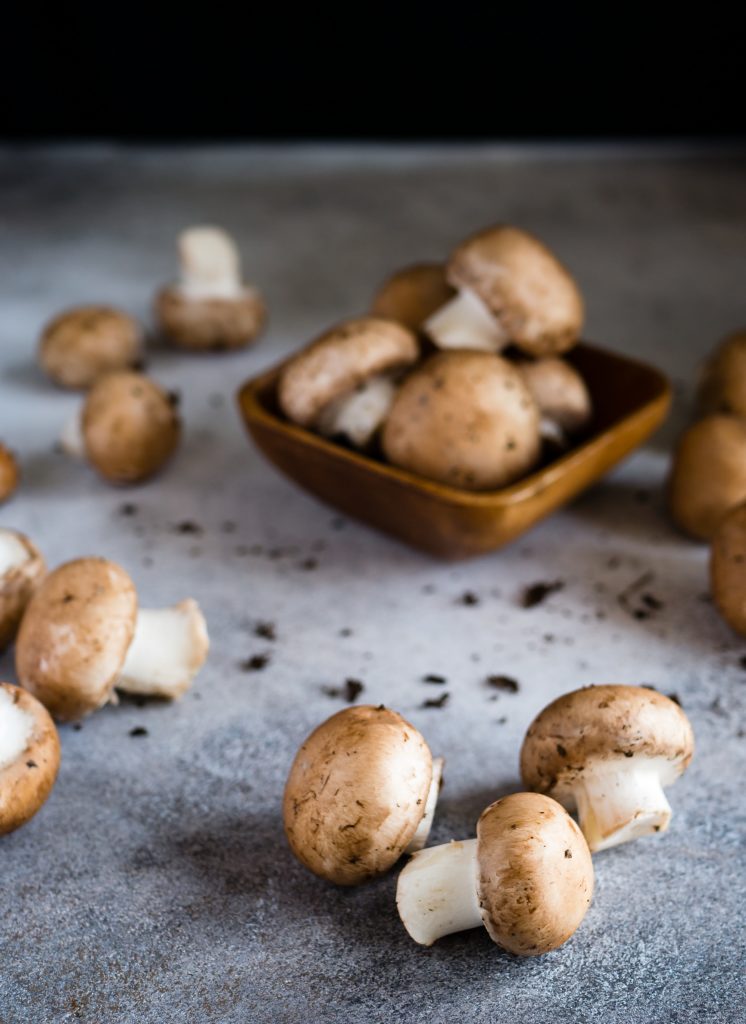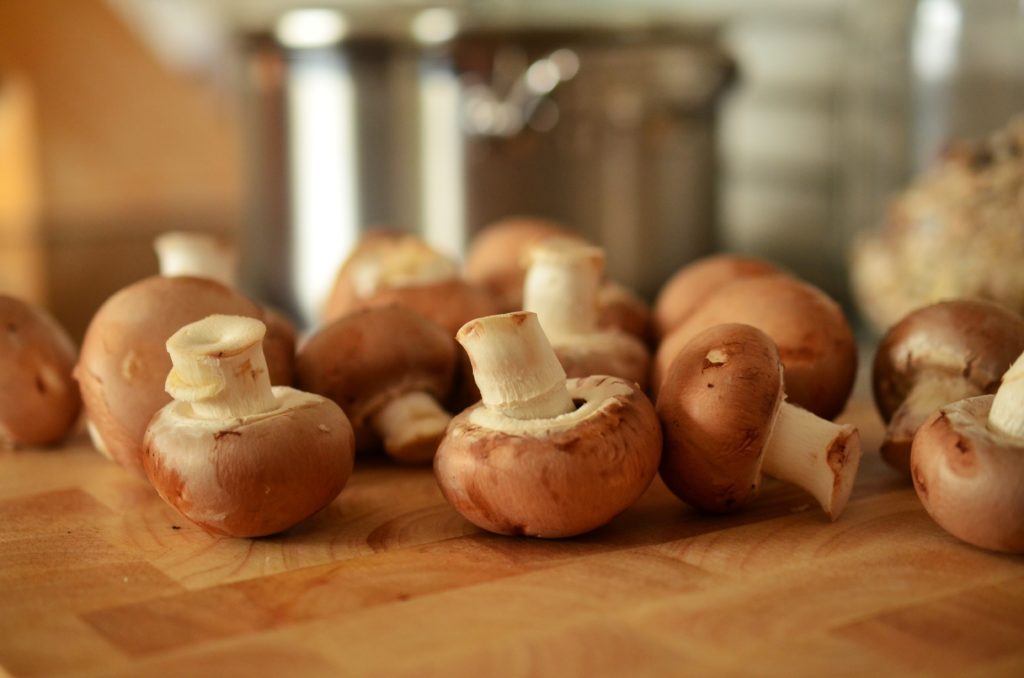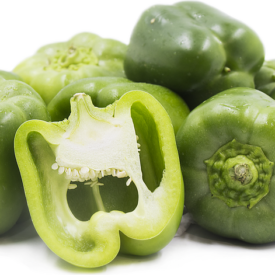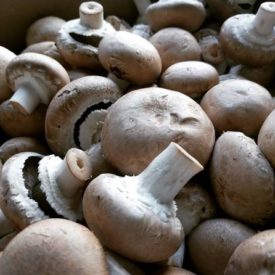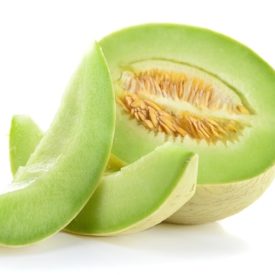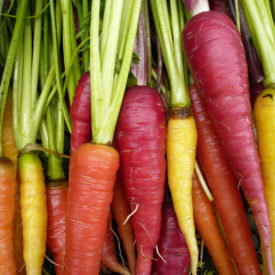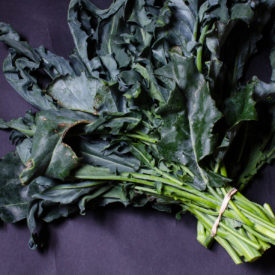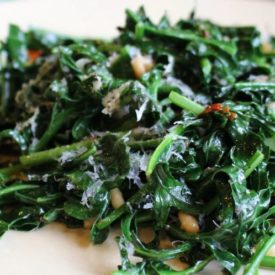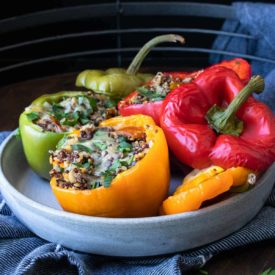This week, we have some swiss chard from Ho Farms.
Swiss chard is a highly nutritious vegetable. Just one cup provides over three times the recommended daily allowance of vitamin K. It is also commonly known as silverbeet, spinach beet, perpetual spinach, crab beet, and mangold.
Along with other leafy greens and descendants of the beet family, Swiss chard contains high levels of nitrates, which have been shown to lower blood pressure, reduce the amount of oxygen needed during exercise, and enhance athletic performance.
Preparation
- Before you cook chard, the first thing you should do is wash it well, by rinsing it in a sink full of cold water. You can even drain the water and repeat, unless the chard is free of dirt. If you got the chard at a farmers’ market, it will be extra fresh and more likely to have dirt on it, so wash thoroughly. Don’t wash chard until right before you’re going to use it, or it will wilt.
- Decide whether to separate the chard or leave it whole. Small leaves of Swiss chard can be left whole or added to salad, and larger leaves with thin ribs can also be left whole for cooking. But if you’re cooking Swiss chard with thick ribs, then you should separate the ribs from the leaves by tearing the leaves away, because the ribs will need to cook for a few more minutes since they are tougher than the leaves.
- Bitterness is caused by the organic compound oxalic acid, which is found in the stalk of Swiss chard and many other vegetables. It can be removed altogether or cooked out. When cooked, the vegetable loses the bitter flavor and makes for a more refined taste.
What else is in the bag?
Try out these recipes!
